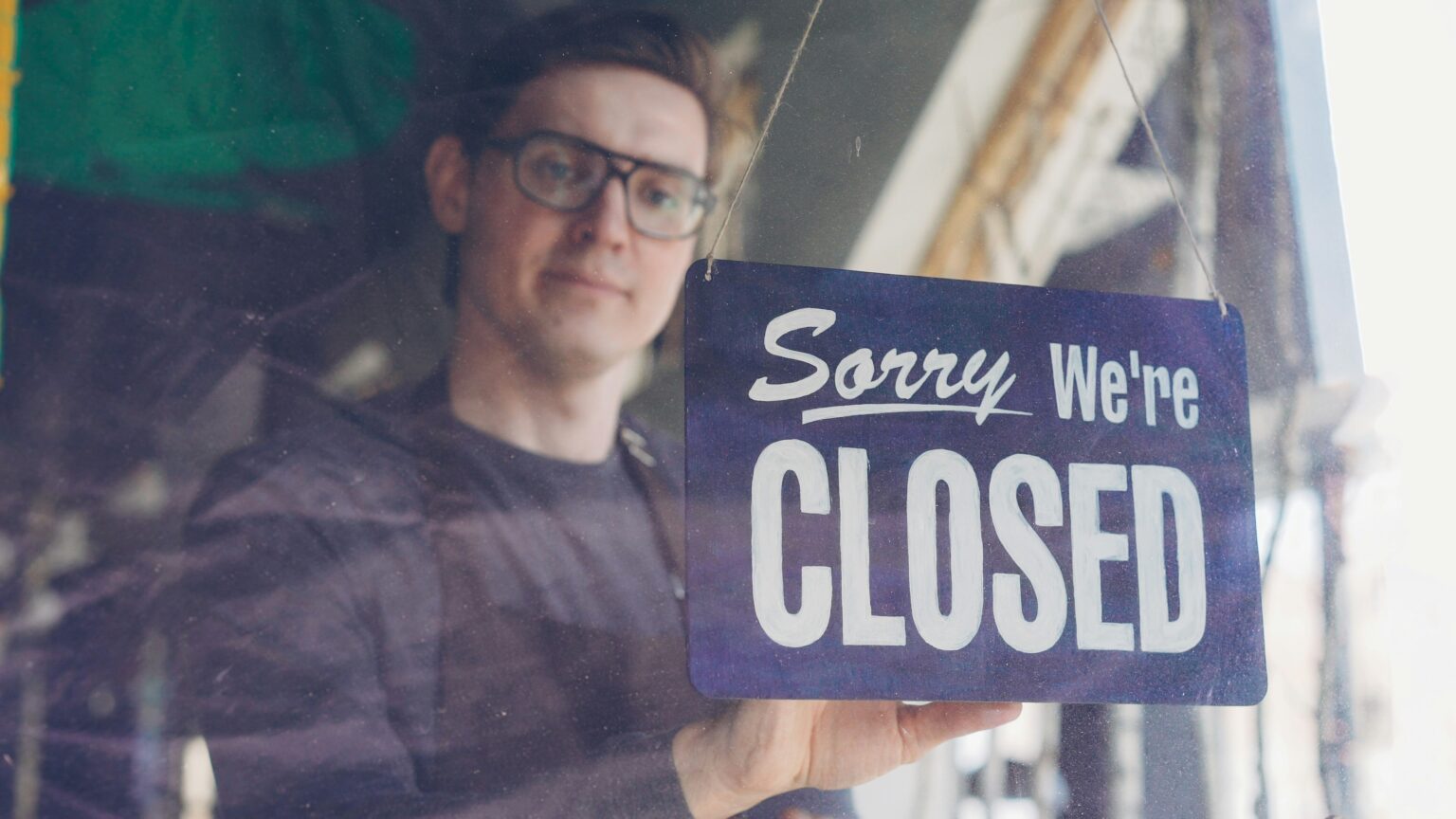If you have already started your own startup or are planning to launch one, then it’s important to remember a few things that will help your startup grow properly. For that, you need to read this full article so you can understand what mistakes most startups fail make—and how you can avoid them.
Starting your own startup is an exciting journey. In the beginning, we only have ideas, a few friends, and big dreams—it feels like a different level of energy. But the reality is that 50% of startups fail and shut down within the first 5 years, and around 70–80% fail within 10 years.
These statistics are not meant to demotivate or scare you; instead, they’re a signal that you need the right knowledge and a clear understanding of your market.
In this article, we’ll understand why startups fail, look at real-world examples, and also share expert tips on mistakes you should avoid so your startup can grow strongly. And even if you make mistakes, how can you recover quickly.
According to the Bureau of Labor Statistics (BLS), only 50% of businesses survive beyond 5 years in the market.
The Global Startup Ecosystem Report (GSER) 2025 says that funding, skilled talent, and market infrastructure are all crucial for startup success.
CB Insights data highlights the top reasons for failure:
No market need: 42%
Cash flow/funding issues: 29%
Team/execution problems: 23%
If you want to start a startup, you must understand data. It will help you in resource allocation, decision-making, and growth strategy.
Why Startups Don’t Survive the First 5 Years:
1. No Real Market Need
In the beginning, founders often focus too much on their product or service but fail to understand the real market need. For example, customers want a pencil, but you’re giving them a utensil—obviously, it won’t work.
Solution: Do market research first. Talk to your target customers, conduct interviews, and test demand using landing pages or pilot programs.
2. Running Out of Cash
Many people think funding equals success. Once they get funding, they start overspending—on fancy offices, unnecessary hiring, and irrelevant expenses. But investors later pressure them to change their strategies, and the startup’s focus gets divided.
Solution: Spend wisely. Don’t waste money on things that don’t add value. Every rupee or dollar should be aligned with growth.
3. Premature Scaling
Scaling too fast without achieving product-market fit wastes resources and often leads to collapse.
Solution: First dominate a small market, understand it deeply, and then expand step by step.
4. Team and Governance Issues
Internal conflicts, poor hiring, or lack of clear documentation can also destroy a startup. Hiring lazy or unfit people slows growth, and unclear agreements create bigger problems later.
Solution: Create founder agreements, maintain transparency, have regular discussions, and hire people based on cultural fit as well as skill.
5. Misunderstanding Competition and Timing
Launching a product without differentiation—or at the wrong time—can be fatal. For example, in India, when Bisleri first entered, people didn’t buy mineral water. So they waited patiently. Later, when the right time came, they built strong distribution, and today Bisleri is a giant.
Solution: Dominate a small niche first, then expand strategically.
6. Regulatory and Operational Problems
In sectors like fintech and healthtech, compliance mistakes can completely kill credibility.
Solution: Consult experts at an early stage and build risk mitigation processes.
Lessons from Famous Failures:
WeWork
What Happened: WeWork, a co-working space startup, once reached a valuation of $47B. But its business model was unsustainable. They signed long-term leases but gave customers short-term contracts. Add to that rapid expansion without clear profitability, plus governance issues under founder Adam Neumann, which broke investor trust.
Result: Their 2019 IPO was canceled, valuation collapsed, and by 2023, WeWork filed for bankruptcy.
Lesson: Rapid growth is useless without strong unit economics and governance. Build a profitable, durable model first.
Quibi
What Happened: Quibi, a short-form video streaming service, launched in 2020 with $1.75B funding and Hollywood hype. But users didn’t see its unique value—YouTube and TikTok were already free. Quibi launched without validating product-market fit and charged during the pandemic, when free content was everywhere.
Result: Shut down permanently in just 6 months.
Lesson: Funding and star power can’t replace product-market fit. Validate demand and user behavior first.
Zilingo
What Happened: Zilingo, an Asian fashion unicorn, collapsed due to governance and financial mismanagement allegations against its CEO. Lack of transparency in financial records and leadership conflicts destroyed investor trust.
Result: The company’s operations collapsed, and today, it’s gone from being a rising unicorn to being forgotten.
Lesson: Leadership, integrity, and proper governance are the backbone of any startup.
Expert Perspectives:
Marc Andreessen (a16z): “Product-market fit is the most important.”
Tom Eisenmann (HBS): Validate the problem and solution before building the product.
Paul Graham (Y Combinator): “Do things that don’t scale.” Early passionate users matter most.
How to Build a Startup That Survives:
1. Validate Before You Build
Talk to 30–50 potential users.
Use surveys, prototypes, and pre-orders to confirm demand.
Connect every expense to clear milestones.
2. Scale With Strategy
Build repeatable processes first. Then scale.
3. Build a Strong Founding Culture
Use agreements, vesting, and transparent decision-making.
Hire for both skill and adaptability.
4. Dominate One Niche
Win a small market first, then expand into bigger markets or new niches.
Join The Finance Newsletter :
- Want more ideas and step-by-step business guidance?
Join The Finance newsletter – Subscribe to My Free newsletter to help you build your dream business in 2025.
FAQs (Frequently Asked Question):
1. Is it true that 90% of startups fail?
Yes, globally around 90% of startups fail. Out of these, nearly 10% fail within the first year. The main reasons include lack of market need, cash flow problems, and poor execution.
2. What percentage of startups fail within 5 years?
On average, about 50% of startups worldwide shut down within the first 5 years. By the 10-year mark, around 70–80% of startups are no longer active.
3. What is the 1 reason most startups fail?
The number one reason is no real market need. According to CB Insights, 42% of failed startups shut down because they created products or services that customers didn’t actually want.
4. Are tech startups profitable?
Tech startups can be highly profitable, but they also carry high risks. Success depends on product-market fit, scalability, funding, and execution. Only a small percentage of tech startups reach long-term profitability.
5. How many entrepreneurs are successful worldwide?
Globally, only about 10–20% of entrepreneurs manage to build sustainable and successful businesses. The rest either pivot, shut down, or fail to scale.
Conclusion:
Most startups fail because they don’t validate their ideas, they spend money in the wrong places, or their hiring, strategy, and governance are weak.
But the startups that survive long-term share a few clear traits:
Customer focus: Solve a real problem, don’t just build products.
Disciplined finance: Monitor every expense and tie spending to growth milestones.
Strong culture: Build trust and transparency within the team.
Smart growth strategy: Succeed in a small market first, then scale up.
Your startup can also succeed if you focus on finances, early validation, smart planning, and adaptability. Building a sustainable business is more important than just launching one. Keep adapting to new technologies, follow the lessons shared in this article, and you too can create a successful startup.






